Bikram Yoga, also known as Hot Yoga, is a style of yoga that is practiced in a room heated to 105 degrees Fahrenheit (40 degrees Celsius) with 40% humidity. The founder of Bikram Yoga, Bikram Choudhury, believes that the heat helps to warm up the muscles, prevent injuries, and enhance the overall benefits of yoga.
Bikram Yoga classes are always 90 minutes long and consist of 26 postures and two breathing exercises. The postures are a fixed sequence that is always performed in the same order. This can help beginners to learn the postures quickly and easily.
The 26 Bikram Yoga Postures
The 26 Bikram Yoga postures can be categorized into four main groups:
Standing poses
Pranayama (Standing Deep Breathing)
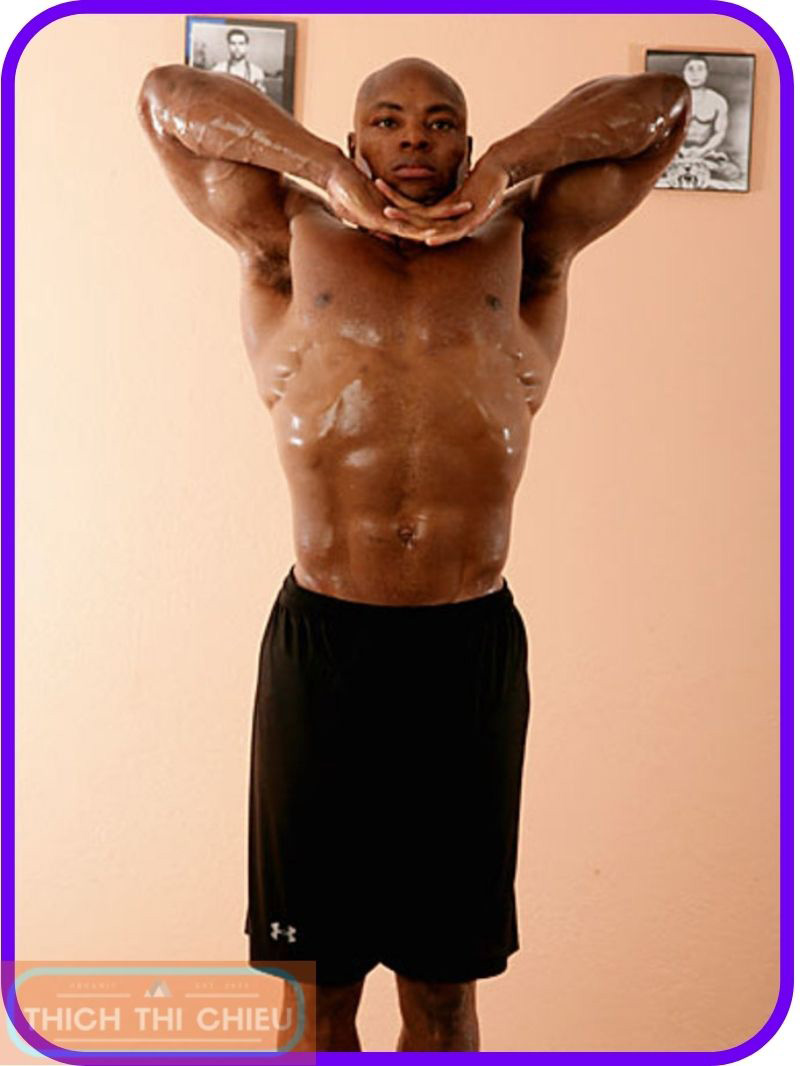
Pranayama, meaning “breath control,” sets the stage for the Bikram Yoga practice. With feet firmly planted shoulder-width apart, arms extended overhead, palms facing each other, and fingers spread wide, practitioners engage in deep, rhythmic breathing, inhaling through the nose and exhaling through the mouth.
Ardha Chandrasana (Half Moon Pose)
Ardha Chandrasana, meaning “half moon pose,” challenges balance and coordination. Standing with one leg extended forward and the other leg firmly planted, practitioners reach their arms overhead, forming a graceful C-curve with their body. This pose strengthens the legs, hips, and core while improving flexibility and balance.
Utkatasana (Awkward Pose)
Utkatasana, meaning “awkward pose,” is aptly named for its challenging nature. With feet firmly planted hip-width apart, practitioners lower their bodies into a squatting position, keeping their backs straight and arms extended overhead. This pose strengthens the legs, hips, and core while enhancing balance and endurance.
Garudasana (Eagle Pose)
Garudasana, meaning “eagle pose,” tests coordination and focus. Standing with feet together, practitioners wrap their arms around each other, bringing their palms together in front of their chests. This pose opens the hips and shoulders while improving balance and concentration.
Dandayamana Janushirasana (Standing Head-to-Knee Pose)
Dandayamana Janushirasana, meaning “standing head-to-knee pose,” enhances flexibility and hamstring strength. Standing with feet together, practitioners bend forward, reaching their hands towards their toes, keeping their backs straight. This pose stretches the hamstrings, back, and spine while improving balance and endurance.
Dandayamana Dhanurasana (Standing Bow-Pulling Pose)
Dandayamana Dhanurasana, meaning “standing bow-pulling pose,” combines flexibility, strength, and balance. Standing with feet together, practitioners bend forward, reaching their hands towards their toes, and then grasp their ankles, pulling themselves back into a standing bow pose. This pose stretches the hamstrings, back, and shoulders while strengthening the core and improving balance.
Tuladandasana (Balancing Stick Pose)
Tuladandasana, meaning “balancing stick pose,” challenges balance and focus. Standing with feet together, practitioners extend their arms overhead, holding a rolled-up towel or yoga strap between their palms. This pose improves balance, coordination, and concentration.
Trikonasana (Triangle Pose)
Trikonasana, meaning “triangle pose,” promotes flexibility, strength, and balance. Standing with feet wide apart, practitioners hinge at the hips, reaching one hand towards their ankle and extending the other arm overhead, forming a triangle with their body. This pose stretches the legs, hips, and side of the body while strengthening the core and improving balance.
Balancing poses
Vrikshasana (Tree Pose)
Vrikshasana, meaning “tree pose,” embodies strength and stability. Standing with feet together, practitioners root their feet firmly into the ground, bringing one foot to the inner thigh or calf of the other leg. Arms reach overhead, forming branches like a tree. This pose strengthens the legs, hips, and core while improving balance and focus.
Virabhadrasana I (Warrior Pose I)
Virabhadrasana I, meaning “warrior pose I,” exudes power and grounding. From a standing position, practitioners step one leg wide apart, hinging at the hips and turning their front foot outwards. Arms extend to the sides, parallel to the ground. This pose strengthens the legs, hips, and core while promoting balance and focus.
Virabhadrasana II (Warrior Pose II)
Virabhadrasana II, meaning “warrior pose II,” embodies strength, balance, and fluidity. From Virabhadrasana I, practitioners rotate their front foot inwards, bringing their torso parallel to the ground. Arms extend to the sides, one arm reaching towards the front foot and the other arm reaching towards the back foot. This pose strengthens the legs, hips, and core while improving balance and coordination.
Seated poses
Baddha Konasana (Bound Angle Pose)
Baddha Konasana, meaning “bound angle pose,” fosters internal peace and openness. Sitting with the soles of the feet together, practitioners gently press their knees outwards, allowing the hips to sink towards the floor. This pose stretches the inner thighs, groin, and lower back while promoting relaxation and mental clarity.
Marichyasana I (Pose Dedicated to the Sage Marichi I)
Marichyasana I, meaning “pose dedicated to the sage Marichi I,” promotes spinal flexibility and hip opening. Sitting with one leg extended and the other leg bent, practitioners twist their torso towards the extended leg, reaching their elbow towards the outer knee. This pose stretches the spine, hips, and hamstrings while improving balance and coordination.
Marichyasana II (Pose Dedicated to the Sage Marichi II)
Marichyasana II, meaning “pose dedicated to the sage Marichi II,” builds on the twists of Marichyasana I, offering deeper hip opening and spinal flexibility. From Marichyasana I, practitioners wrap their arms around the extended leg, bringing their palms together in front of their chest. This pose intensifies the stretch in the hips, hamstrings, and spine while promoting balance and coordination.
Matsyasana (Fish Pose)
Matsyasana, meaning “fish pose,” opens the chest, shoulders, and heart. Lying on their back, practitioners place their hands under their hips, lifting their chest and upper body off the mat, forming a gentle arch. This pose stretches the chest, shoulders, and intercostal muscles while promoting relaxation and respiratory function.
Setubandhasana (Bridge Pose)
Setubandhasana, meaning “bridge pose,” strengthens the hamstrings, glutes, and core. Lying on their back, practitioners bend their knees, placing their feet flat on the mat, shoulder-width apart. Lifting their hips off the mat, they form a bridge-like shape with their body. This pose strengthens the lower body and core while promoting flexibility and circulation.
Backbends
Ustrasana (Camel Pose)
Ustrasana, meaning “camel pose,” embodies grace and strength. Kneeling with feet hip-width apart, practitioners place their hands on their lower back, inhale deeply, and arch their backs, lifting their chests and gazing upwards. This pose stretches the entire front of the body, including the chest, shoulders, abdomen, and thighs, while strengthening the back muscles and promoting flexibility.
Dhanurasana (Bow Pose)
Dhanurasana, meaning “bow pose,” represents complete arching and surrender. Lying on their belly, practitioners bend their knees, bringing their heels towards their glutes, and grasp their ankles. Inhaling deeply, they lift their chest and feet off the mat, forming a bow-like shape with their body. This pose stretches the entire front of the body, including the chest, shoulders, abdomen, and thighs, while strengthening the back muscles and promoting flexibility and inner strength.
Floor poses
Salamba Sirsasana (Supported Headstand)
Salamba Sirsasana, meaning “supported headstand,” inverts the body, challenging balance and circulation. Kneeling with elbows shoulder-width apart, practitioners interlace their fingers, forming a tripod-like support for their head. Placing their crown of the head on the mat, they inhale and lift their legs, forming an inverted L-shape with their body. This pose strengthens the core, improves circulation, and stimulates the lymphatic system.
Salamba Sarvangasana (Supported Shoulderstand)
Salamba Sarvangasana, meaning “supported shoulderstand,” gently inverts the body, promoting relaxation and circulation. Lying on their back, practitioners place their hands under their hips, lifting their legs and hips off the mat, forming an inverted V-shape with their body. This pose stretches the hamstrings, back, and shoulders while promoting relaxation, circulation, and digestive function.
Halasana (Plow Pose)
Halasana, meaning “plow pose,” offers a deeper inversion than Salamba Sarvangasana, promoting flexibility and relaxation. From Salamba Sarvangasana, practitioners lower their legs over their head, allowing their toes to touch the mat behind them. This pose stretches the hamstrings, back, and shoulders while enhancing flexibility, circulation, and relaxation.
Karnapidasana (Rabbit Pose)
Karnapidasana, meaning “rabbit pose,” releases tension in the lower back and spine. Kneeling with knees hip-width apart, practitioners fold forward, placing their foreheads on the mat, extending their arms overhead. This pose stretches the lower back, hamstrings, and spine while promoting relaxation and stress reduction.
Padangusthasana I (Standing Toe Pose I)
Padangusthasana I, meaning “standing toe pose I,” challenges balance and flexibility. From a seated position, practitioners extend one leg forward, reaching their hands towards their toes. This pose stretches the hamstrings, groin, and inner thighs while improving balance and coordination.
Padangusthasana II (Standing Toe Pose II)
Padangusthasana II, meaning “standing toe pose II,” builds on the challenge of Padangusthasana I, offering a deeper stretch for the hamstrings. From Padangusthasana I, practitioners bend forward, placing their forehead on the extended leg, keeping their back straight. This pose intensifies the stretch in the hamstrings, groin, and inner thighs while promoting flexibility and balance.
Janushirasana (Head-to-Knee Pose)
Janushirasana, meaning “head-to-knee pose,” enhances spinal flexibility and promotes mental focus. Sitting with legs extended, practitioners bend forward, reaching their forehead towards their knees. This pose stretches the spine, hamstrings, and groin while promoting relaxation and mental clarity.
Savasana (Corpse Pose)
Savasana, meaning “corpse pose,” marks the culmination of the Bikram Yoga practice, inviting practitioners to surrender to deep rest and relaxation. Lying on their back, arms relaxed at their sides, palms facing upwards, practitioners focus on their breath, allowing their bodies to sink into the mat. This pose promotes deep relaxation, stress reduction, and overall well-being.
The Two Bikram Yoga Breathing Exercises
The two breathing exercises in Bikram Yoga are:
Pranayama (Standing Deep Breathing)
Pranayama, meaning “breath control,” sets the stage for the Bikram Yoga practice. With feet firmly planted shoulder-width apart, arms extended overhead, palms facing each other, and fingers spread wide, practitioners engage in deep, rhythmic breathing, inhaling through the nose and exhaling through the mouth. This deep breathing exercise activates the parasympathetic nervous system, promoting relaxation and preparing the body for the practice.
Kapalbhati (Skull-Shining Breath)
Kapalbhati, meaning “skull-shining breath,” is a vigorous breathing exercise that concludes the Bikram Yoga practice. With a seated position, practitioners perform rapid, forceful exhalations, drawing their abdomens in sharply, followed by passive inhalations. This vigorous breathing exercise stimulates the digestive system, detoxifies the body, and promotes mental alertness and focus.
Benefits of Bikram Yoga
Increased Flexibility and Range of Motion
The heat generated in Bikram Yoga classes warms up the muscles, tendons, and ligaments, making them more pliable and less prone to injury. This allows practitioners to achieve deeper stretches and improve their overall flexibility and range of motion.
Improved Strength and Endurance
Bikram Yoga poses engage all major muscle groups, promoting strength and endurance throughout the body. The heat and humidity add an extra layer of challenge, forcing muscles to work harder and adapt, leading to increased strength and stamina.
Enhanced Circulation and Detoxification
The heat in Bikram Yoga stimulates the circulatory system, increasing blood flow and oxygen delivery to the muscles and organs. This improved circulation promotes detoxification by flushing out waste products and toxins from the body.
Reduced Stress and Anxiety
Bikram Yoga has been shown to effectively reduce stress and anxiety. The combination of physical exertion, deep breathing, and mental focus helps to release tension, calm the mind, and promote relaxation.
Weight Loss and Management
Bikram Yoga can be an effective tool for weight loss and management. The combination of increased calorie burning, improved metabolism, and reduced stress can contribute to weight loss goals.
Essential Tips for Bikram Yoga
Bikram Yoga, also known as hot yoga, is a challenging and transformative practice that offers a multitude of benefits. However, due to its heated environment and demanding postures, it’s crucial to approach the practice with proper preparation and precautions. Here are some essential tips to ensure a safe, enjoyable, and effective Bikram Yoga experience:
Stay Hydrated
Adequate hydration is paramount for Bikram Yoga. The heat and humidity can lead to significant fluid loss, so it’s essential to hydrate properly before, during, and after the class. Drink plenty of water throughout the day, and consider bringing a water bottle to the class to sip on between postures.
Dress for Success
Choose comfortable and breathable clothing that allows for easy movement and sweat absorption. Avoid restrictive clothing that can trap heat and discomfort. Synthetic fabrics like polyester or nylon are often preferred over natural fibers like cotton, as they tend to wick away sweat more effectively.
Towel Up
Bringing a towel is essential for Bikram Yoga. You’ll need it to wipe away sweat throughout the class, as excessive sweating can affect your grip and balance. Consider bringing two towels, one for wiping your face and hands, and another for your body.
Communicate with Your Instructor
Before starting the class, inform your instructor of any injuries, limitations, or health conditions. This will allow them to provide modifications or offer alternative postures that suit your needs. Open communication with your instructor ensures a safe and personalized experience.
Listen to Your Body
Bikram Yoga can be physically demanding, so it’s important to listen to your body and avoid overexertion. If you feel dizzy, lightheaded, or experience any pain, take a break or modify the postures. Don’t hesitate to rest if needed.
Practice Regularly
Consistency is key to reaping the benefits of Bikram Yoga. Regular practice will improve your strength, flexibility, and overall fitness level. Aim for at least two to three classes per week for optimal results.
Embrace the Challenge
Bikram Yoga is a challenging practice, but it’s also incredibly rewarding. Embrace the heat, push your limits, and enjoy the process of self-discovery and transformation.
Bikram Yoga is a challenging and transformative practice that offers a multitude of benefits. It is suitable for people of all ages and fitness levels. With its structured sequence, accessible modifications, and beginner-friendly classes, Bikram Yoga welcomes everyone to embark on a journey of self-discovery and transformation. Hopefully, the above article of TTC has provided you with useful information. If you have any questions or concerns, please leave a comment below.
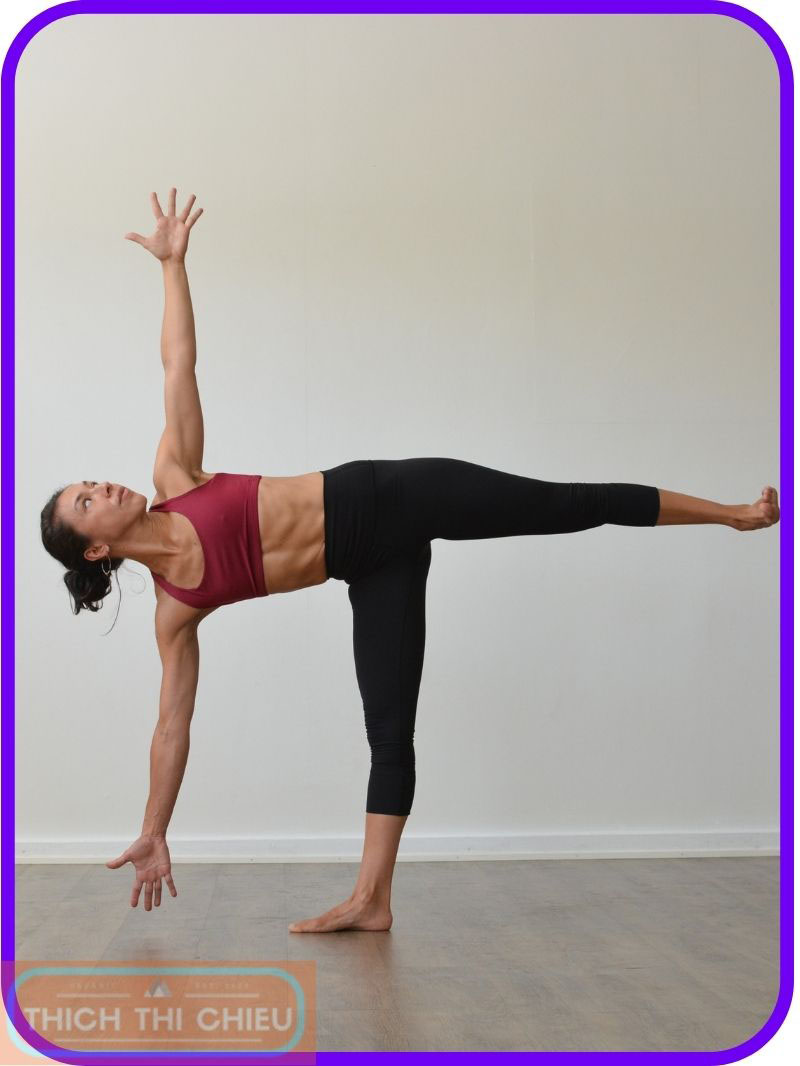
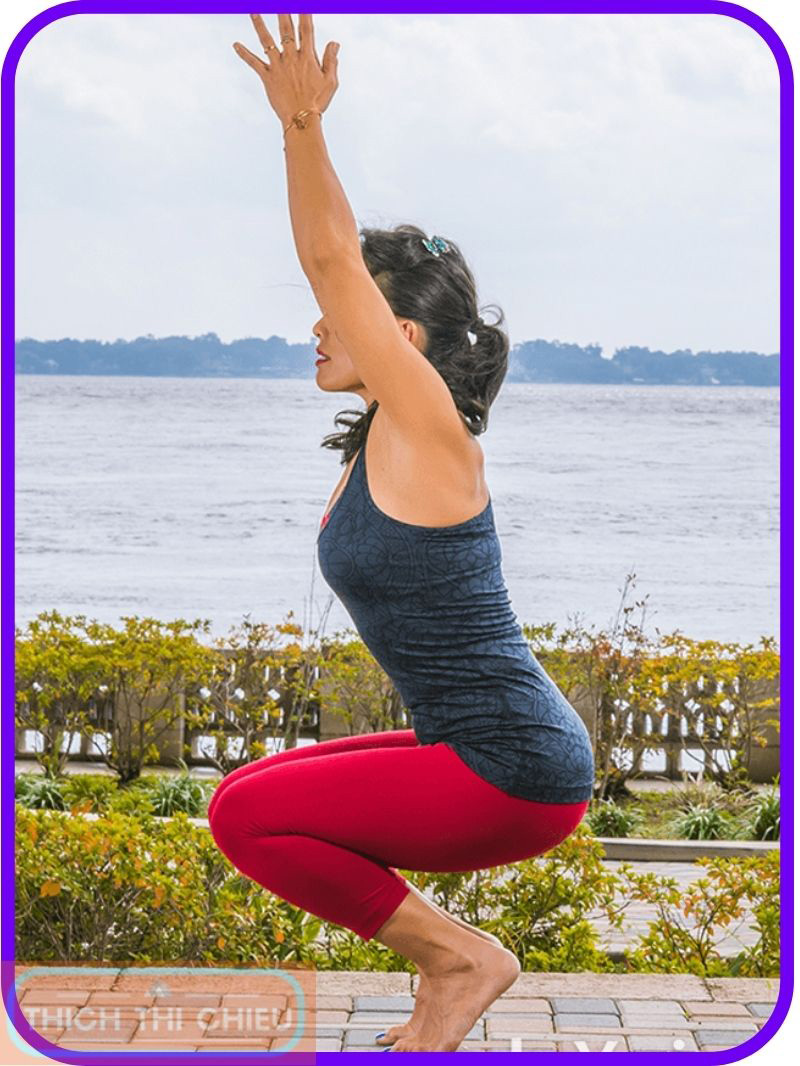
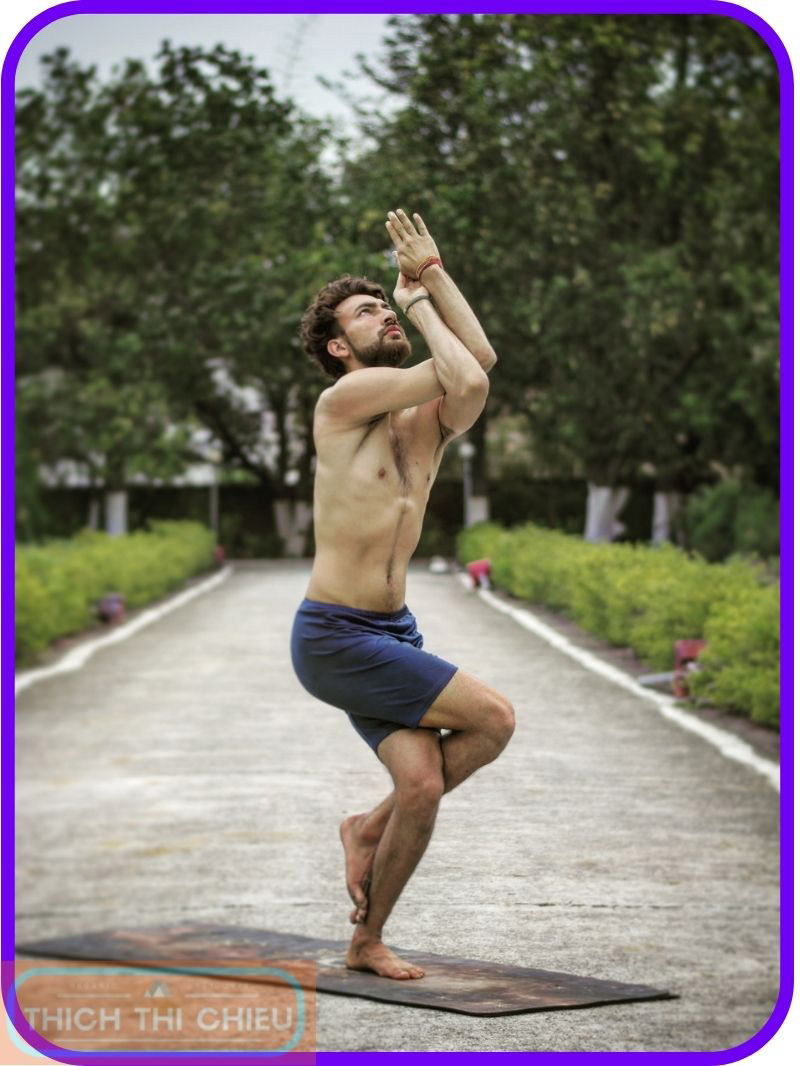
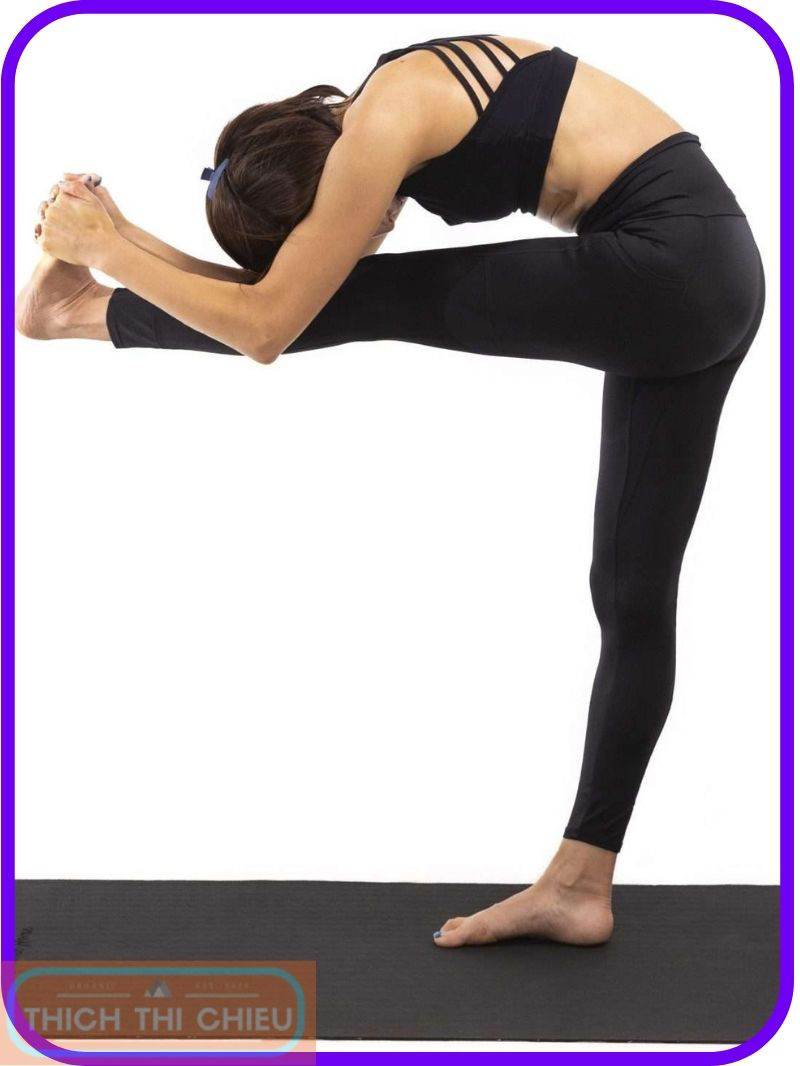
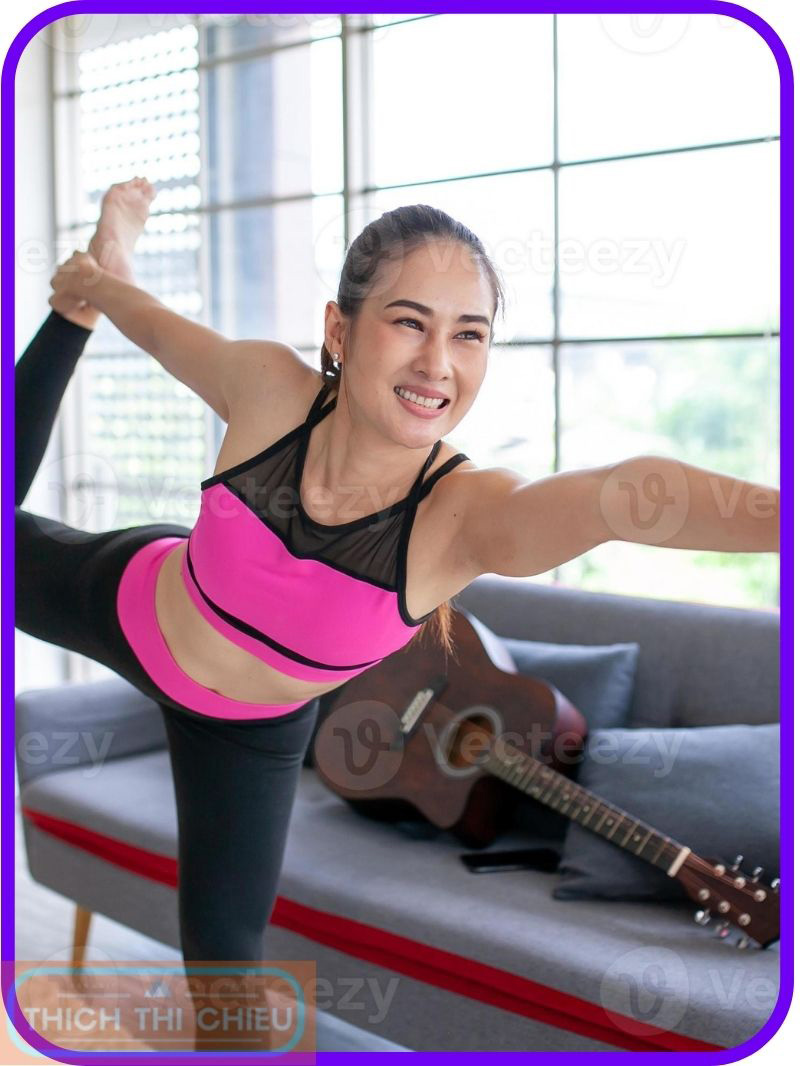
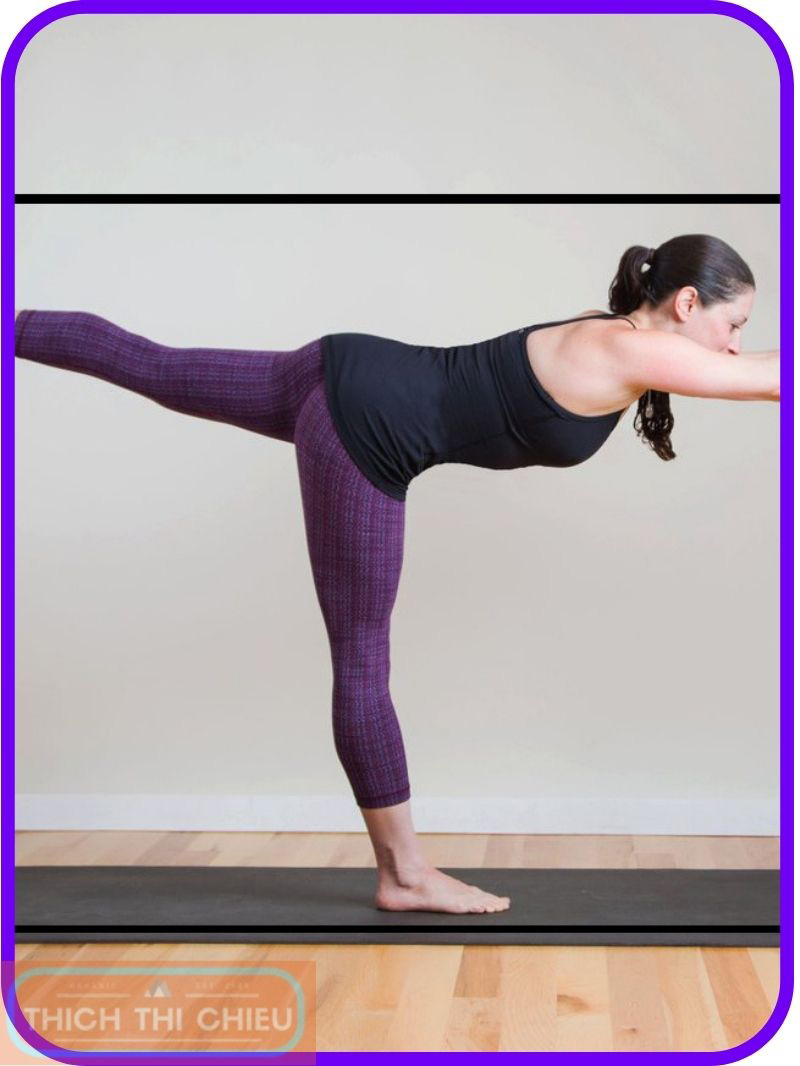
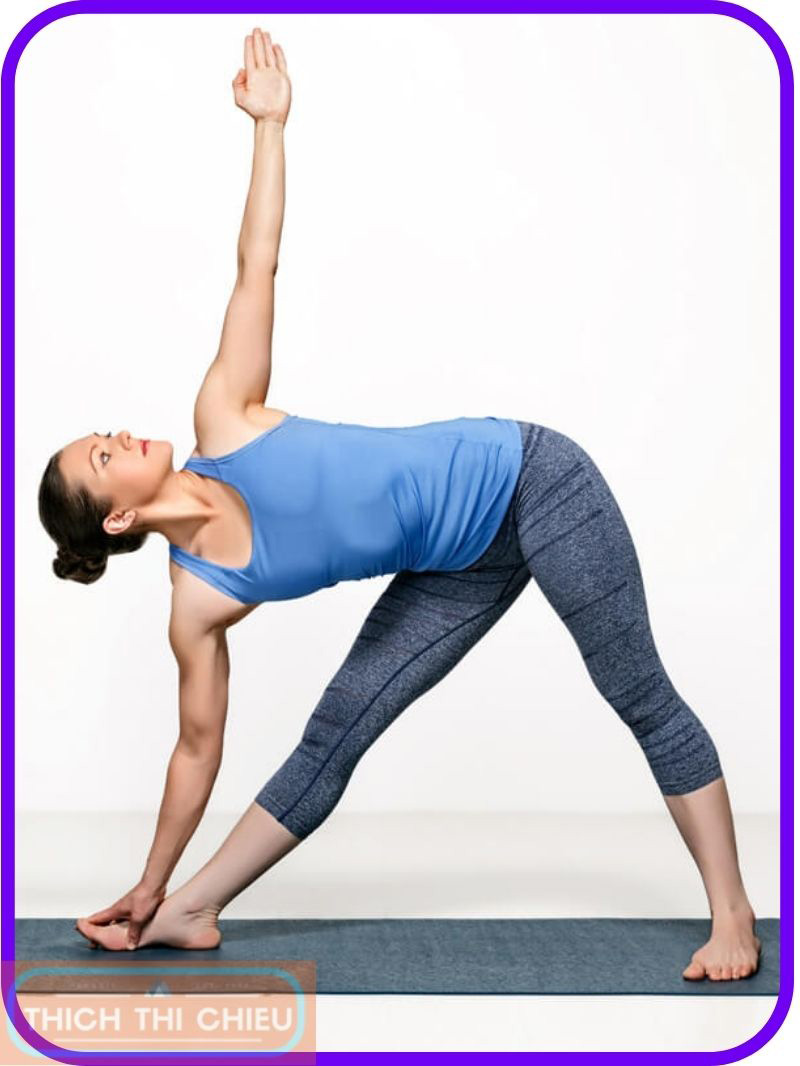
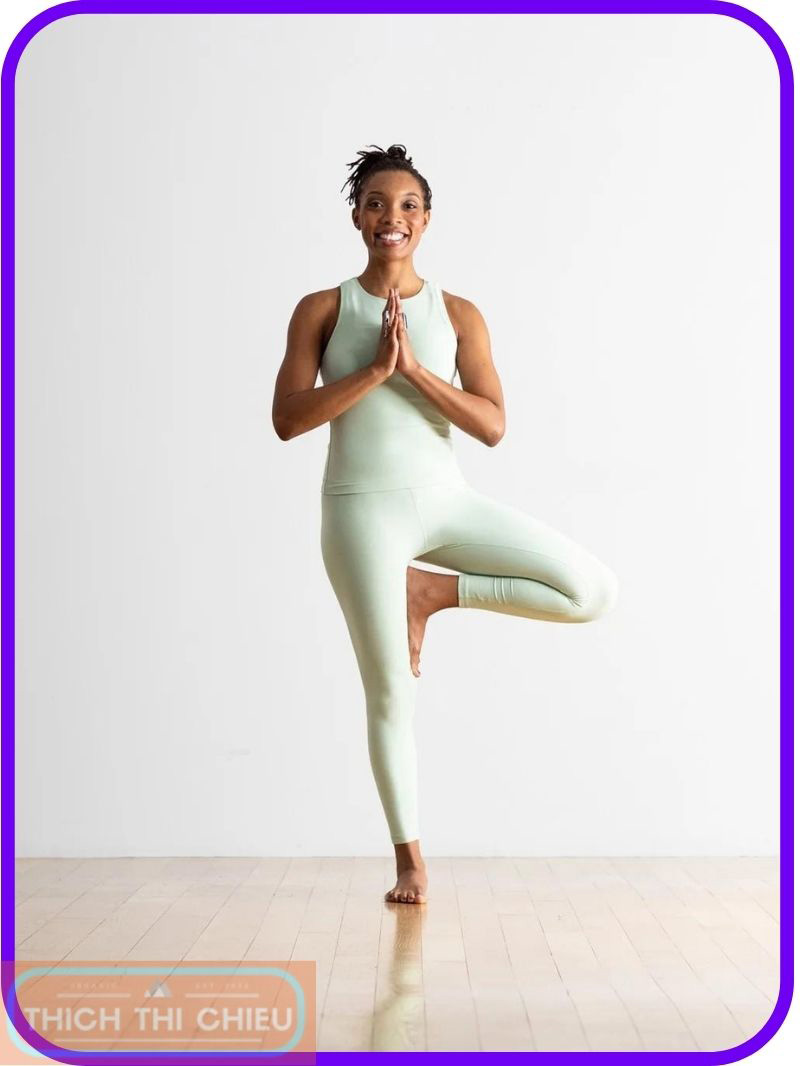
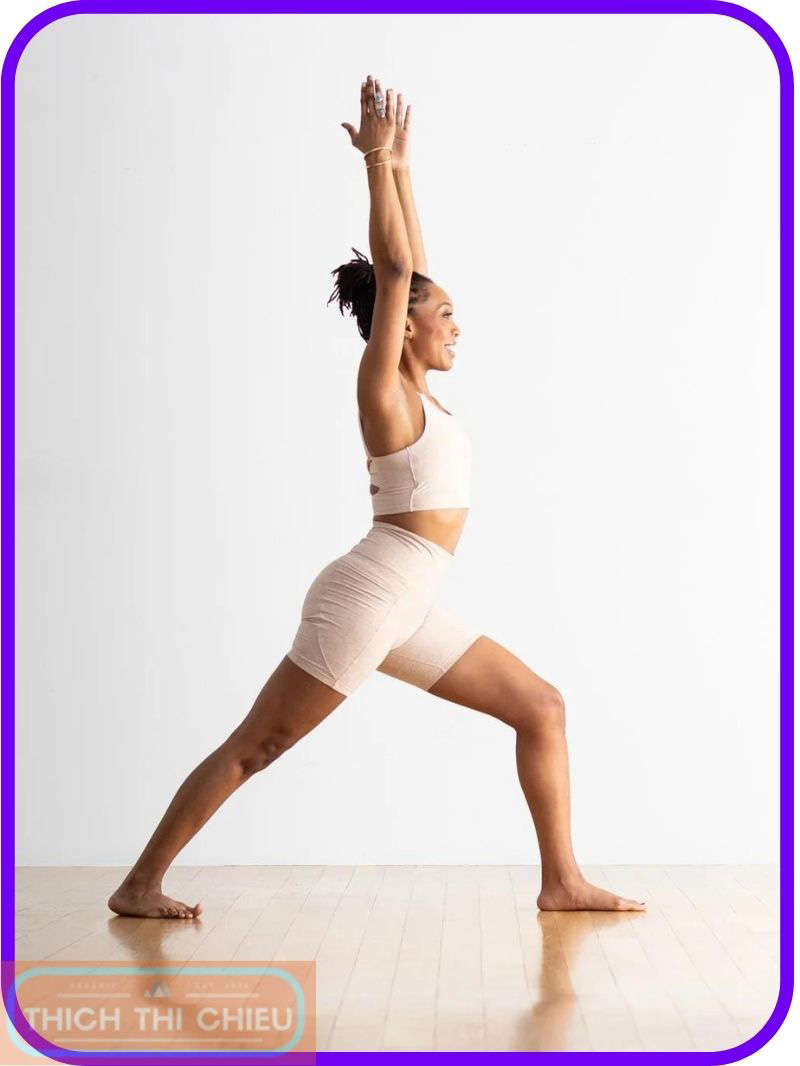
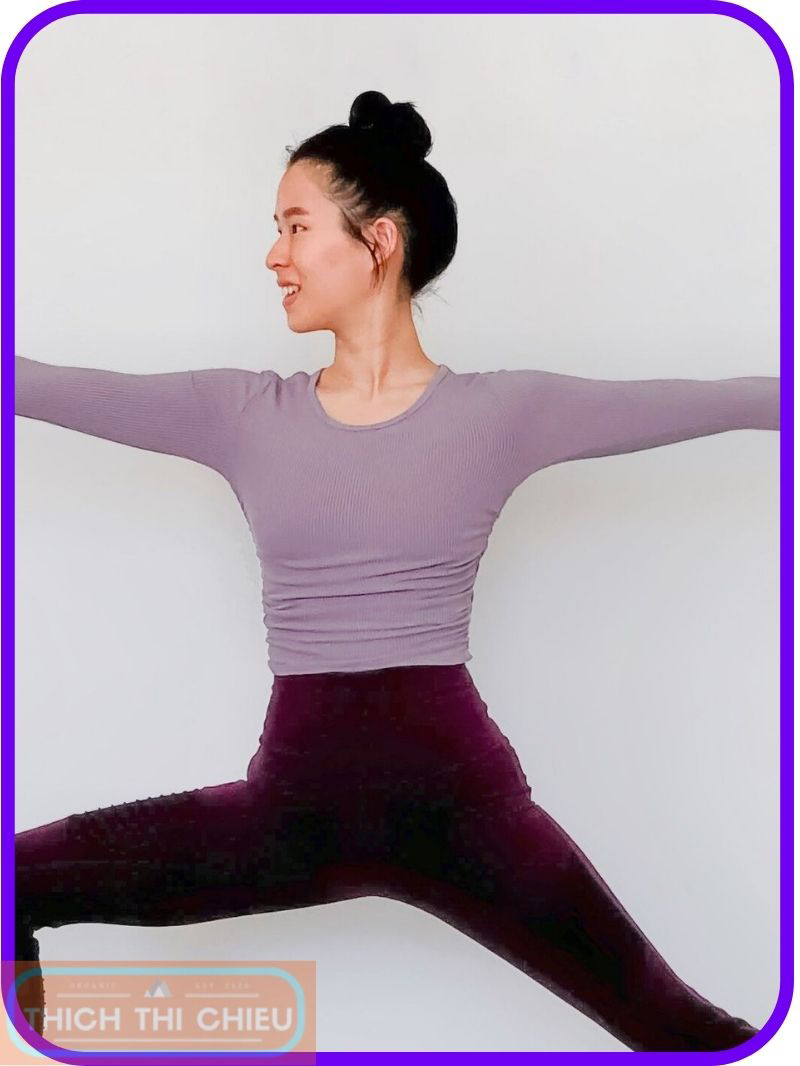
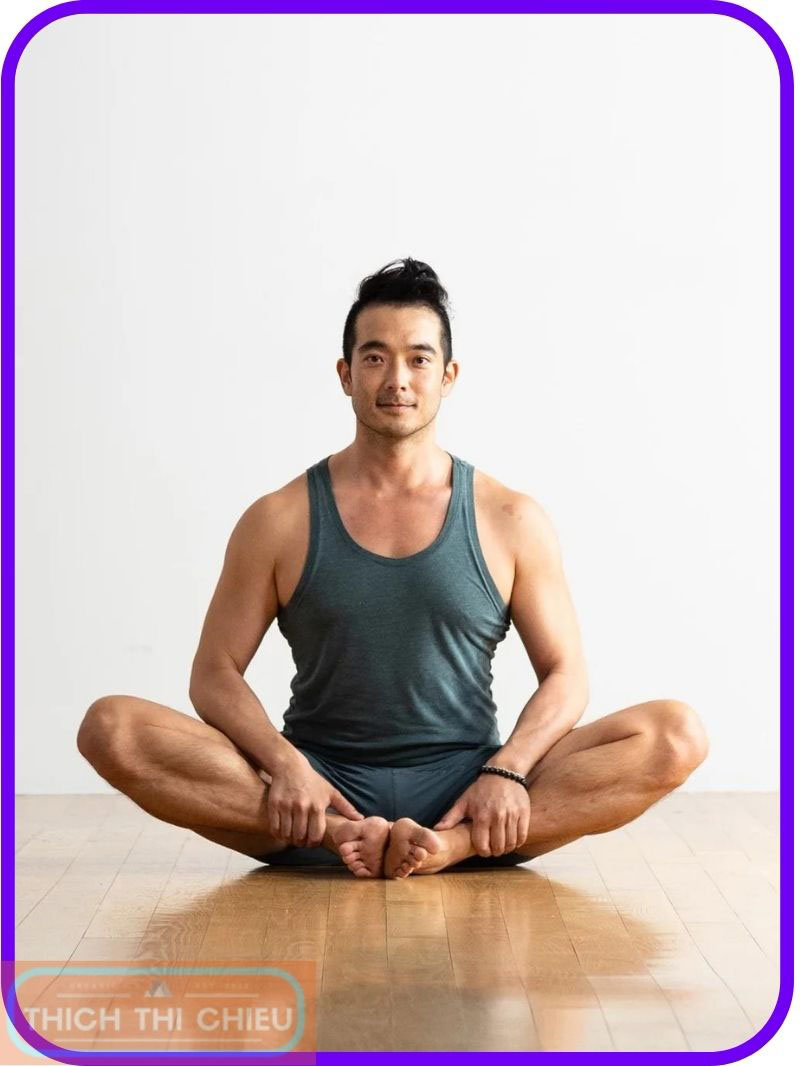
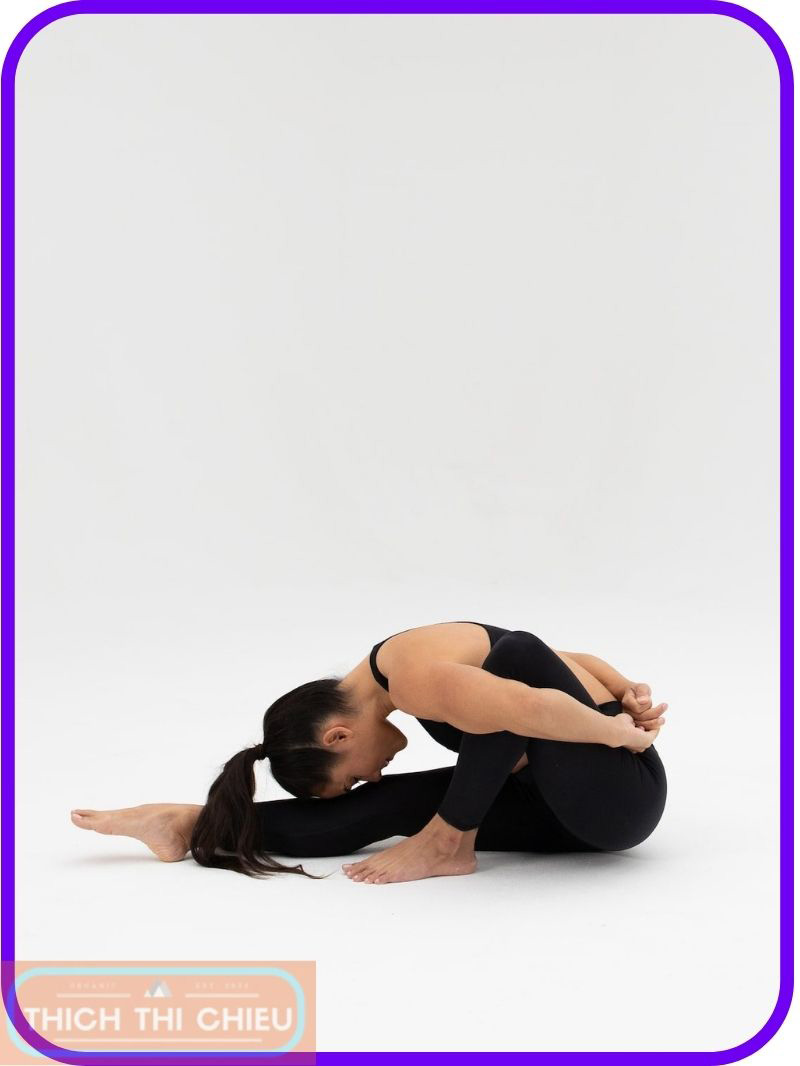
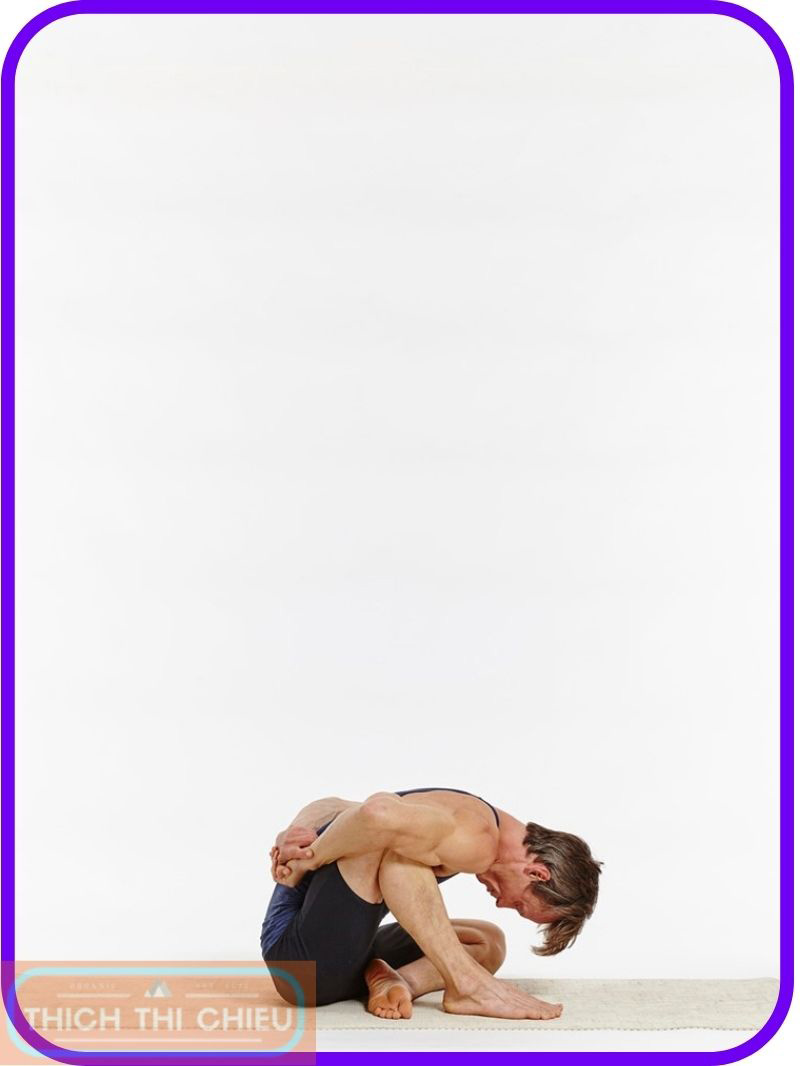
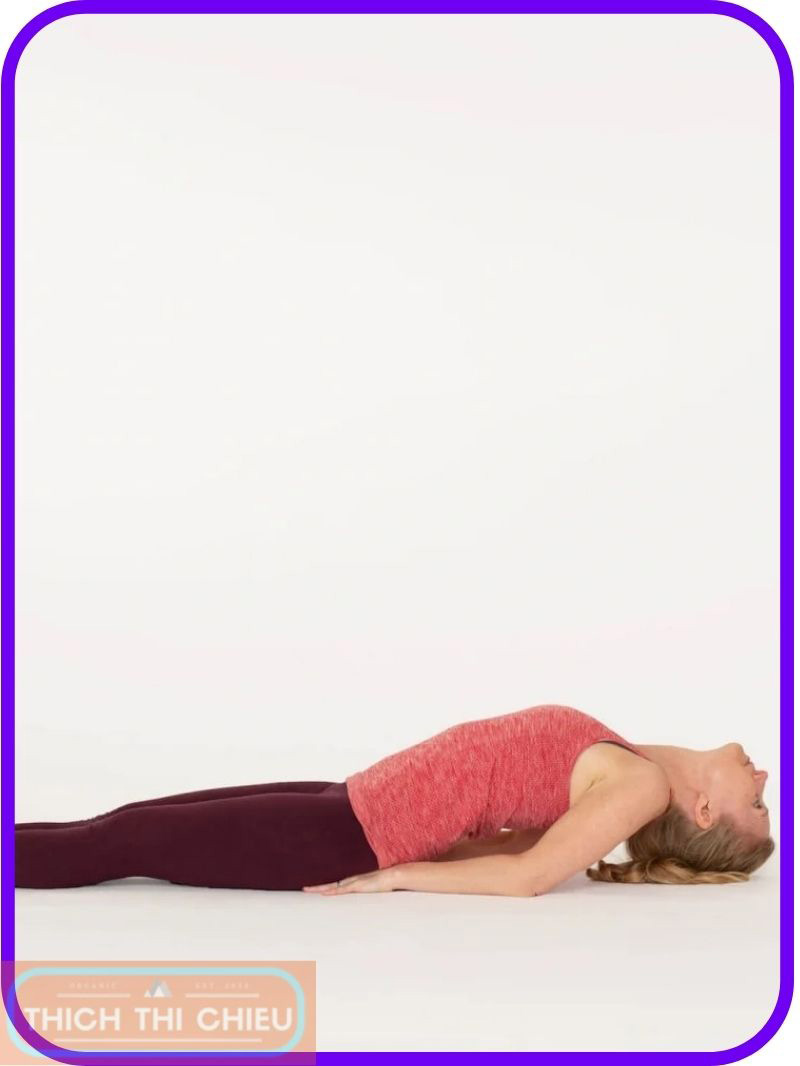
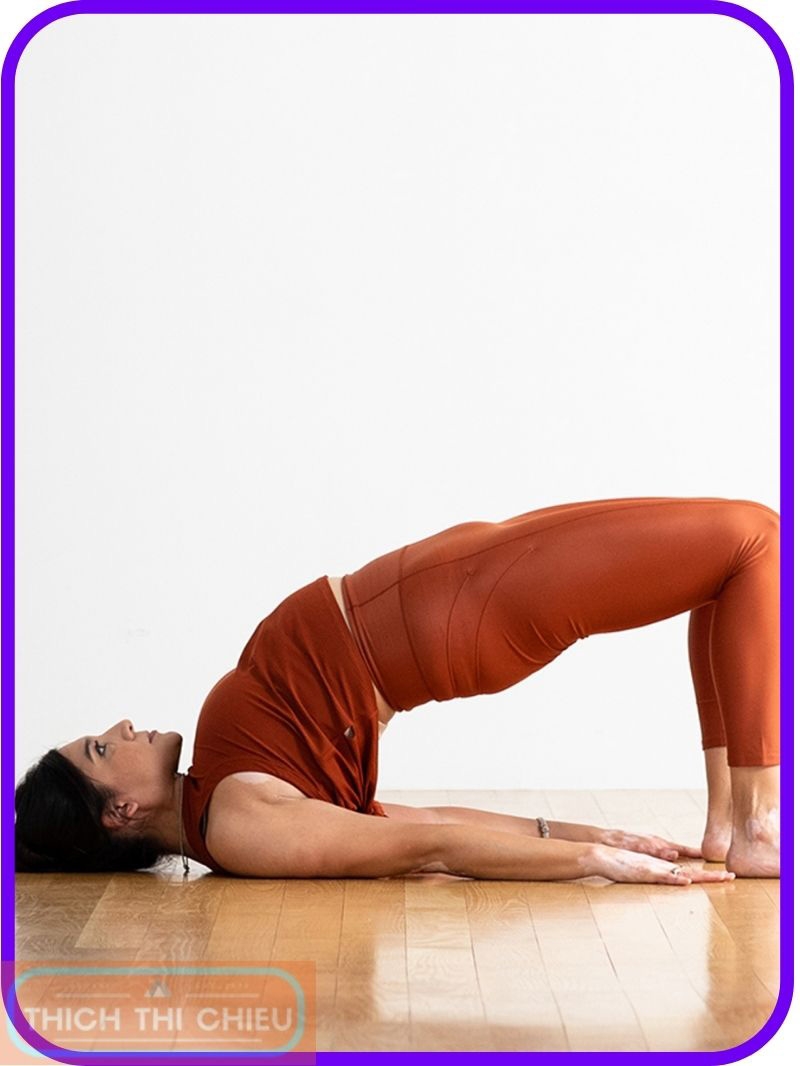
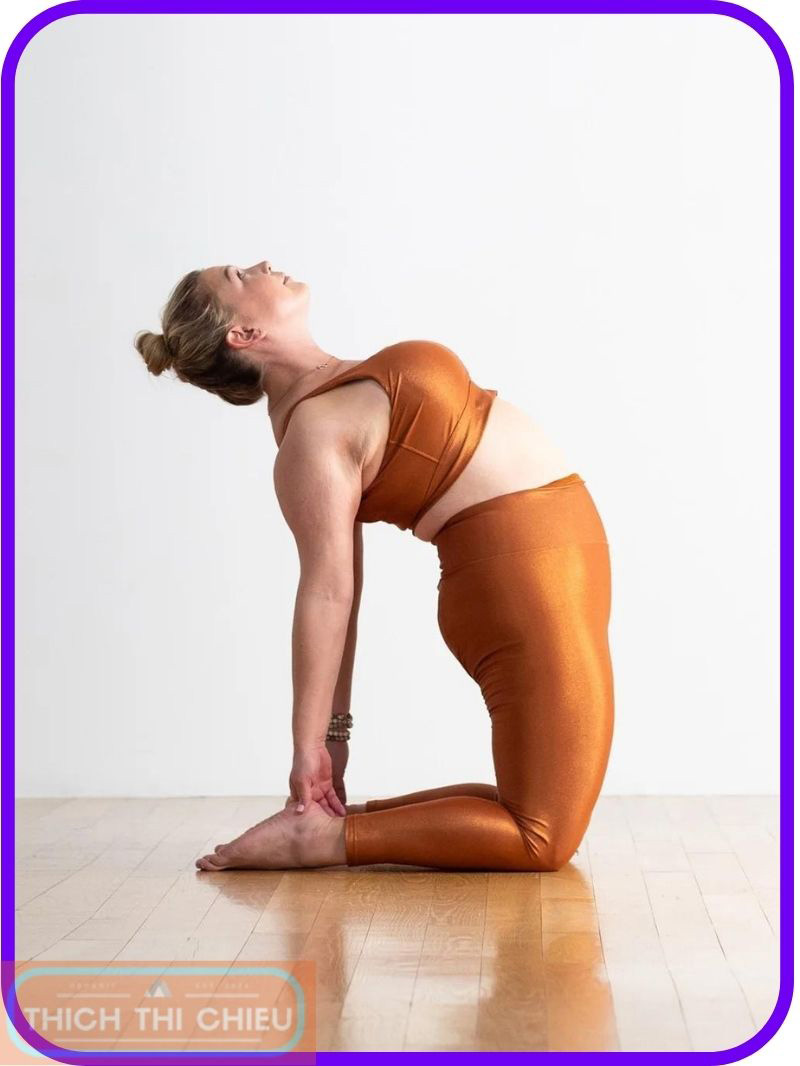
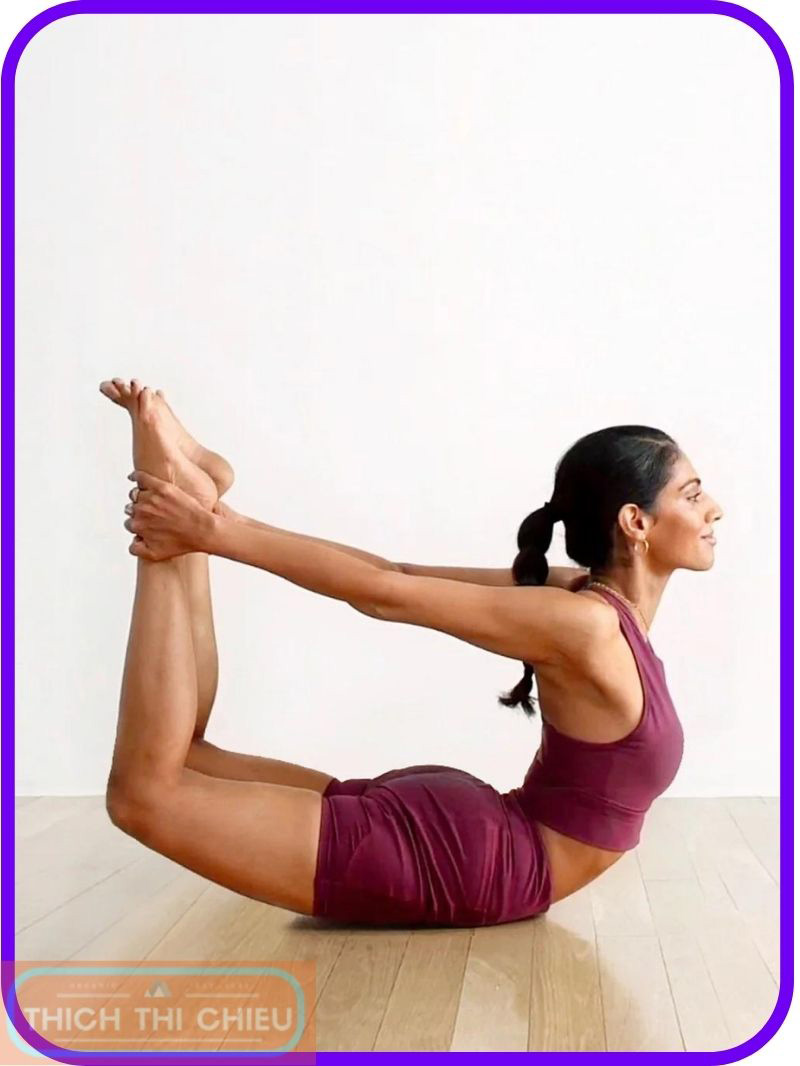
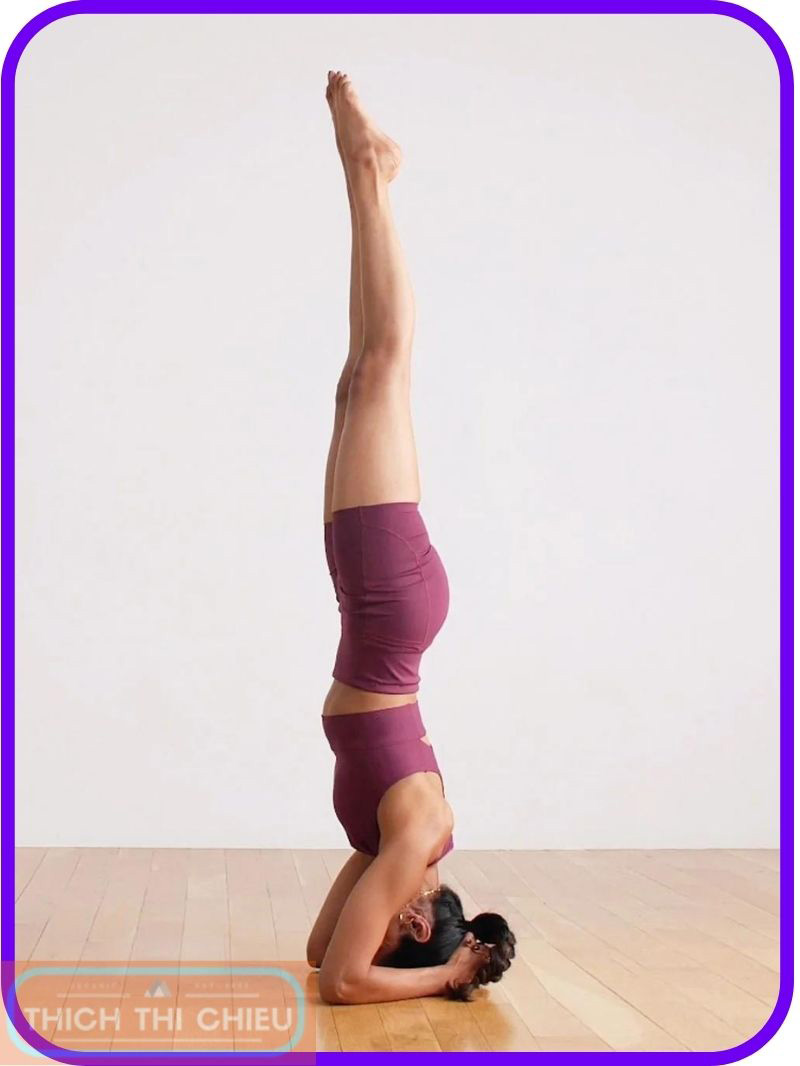
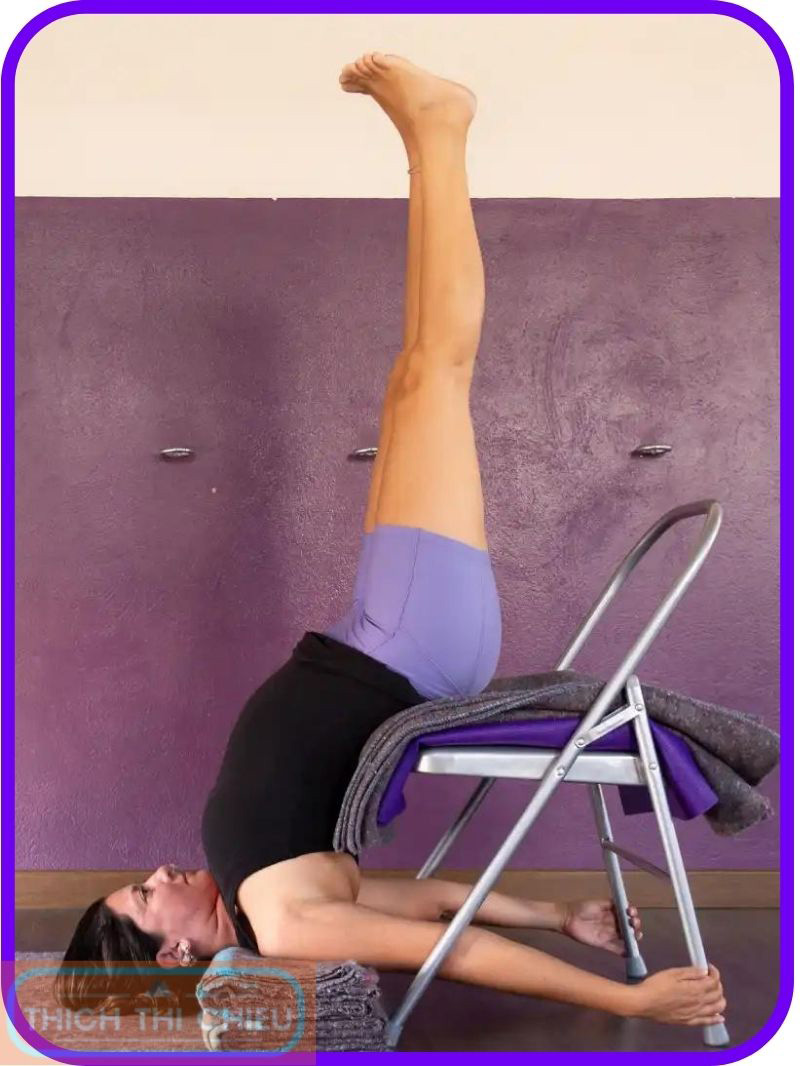
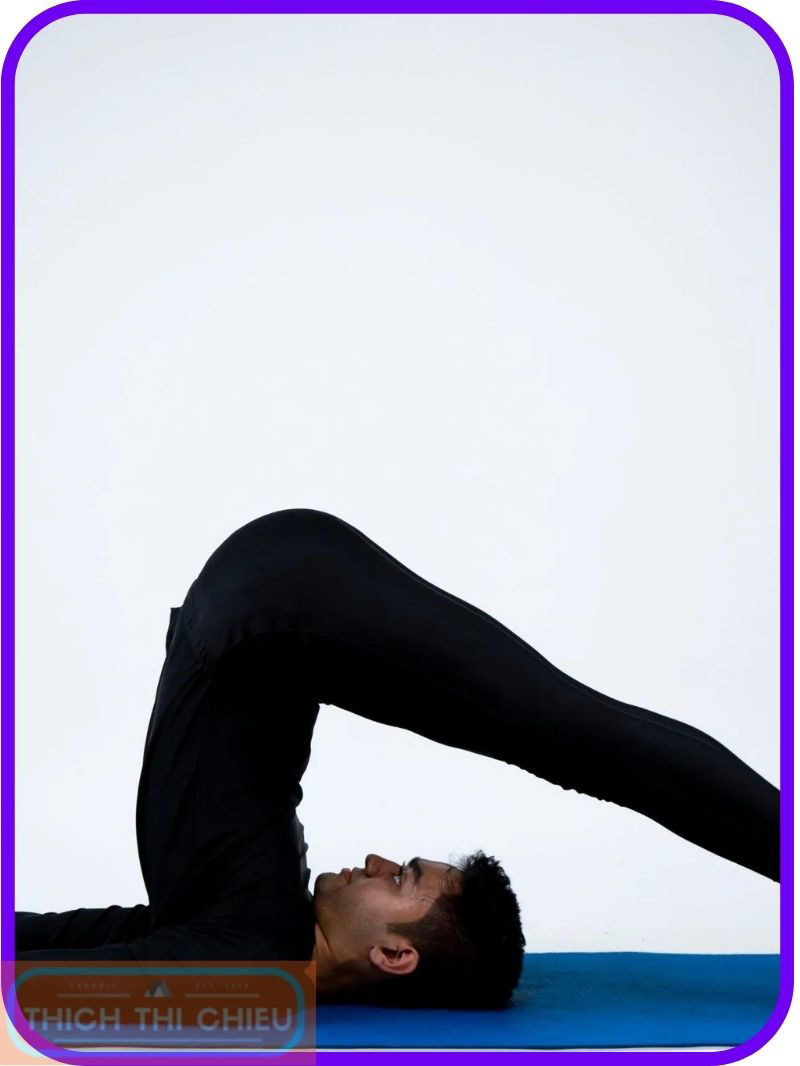
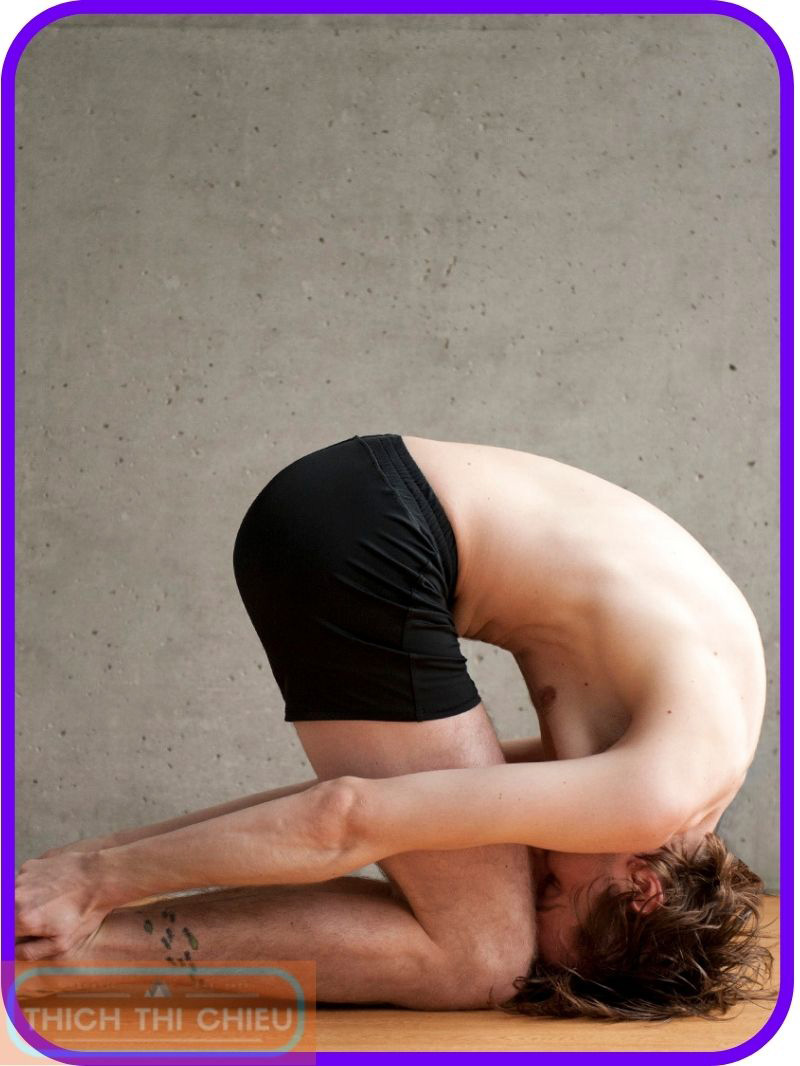
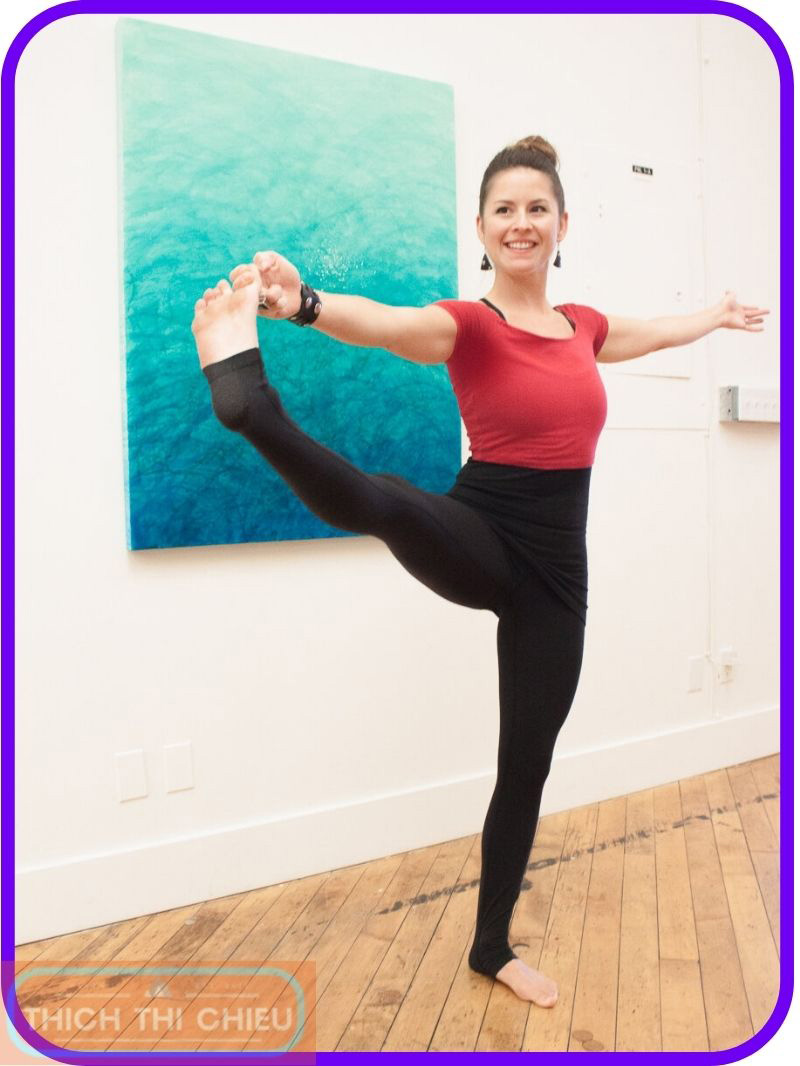
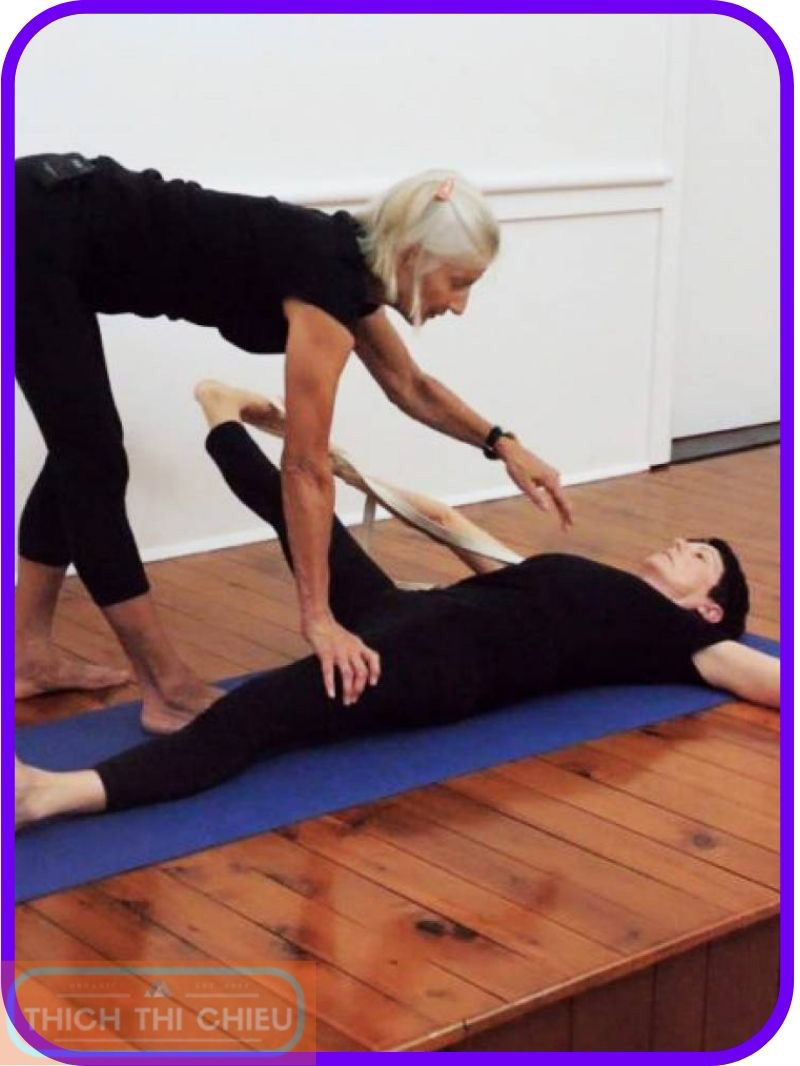
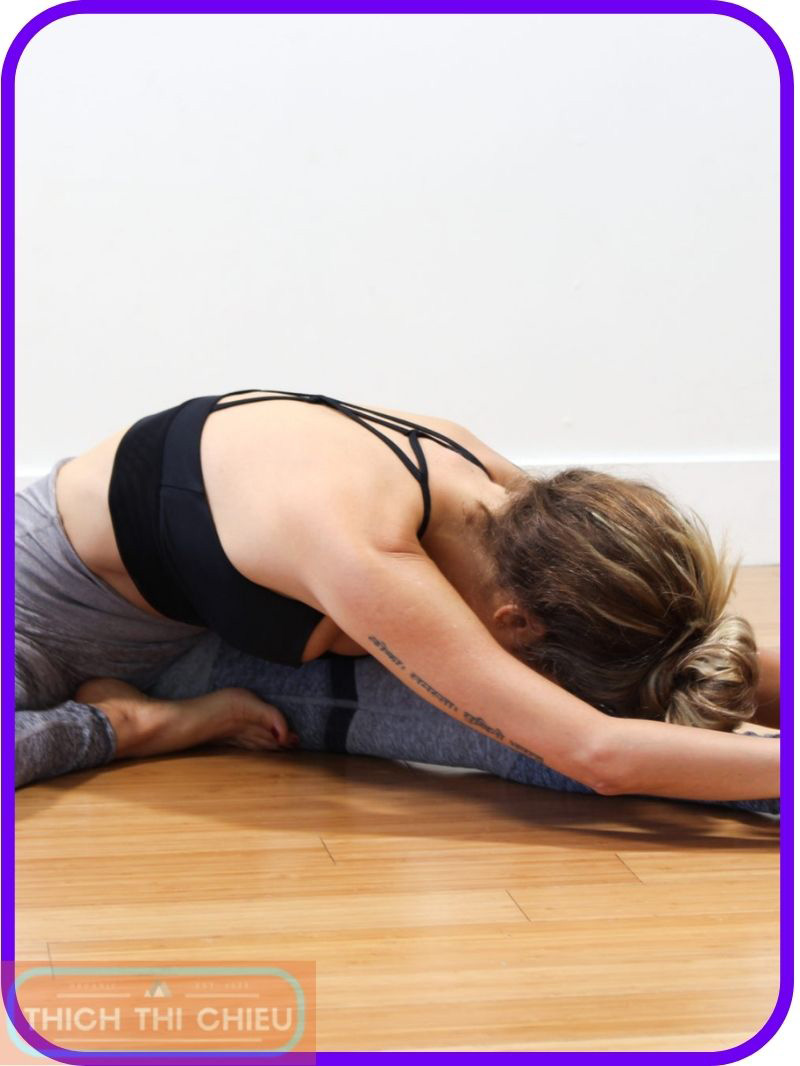
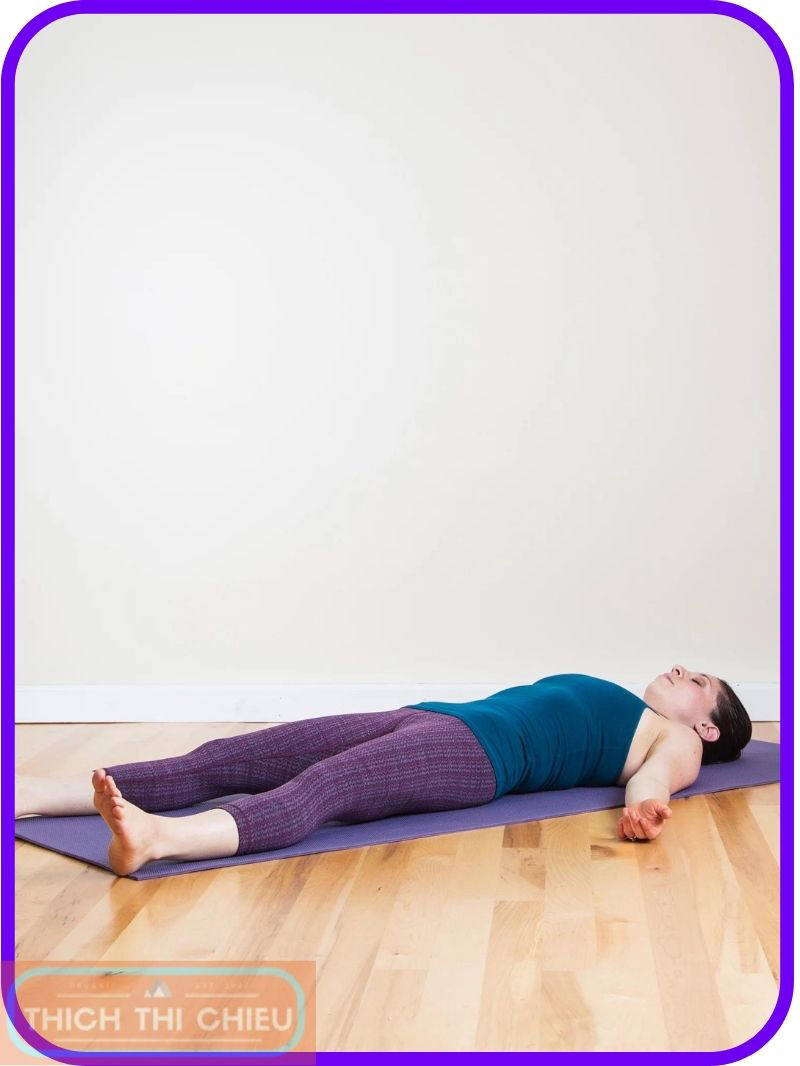
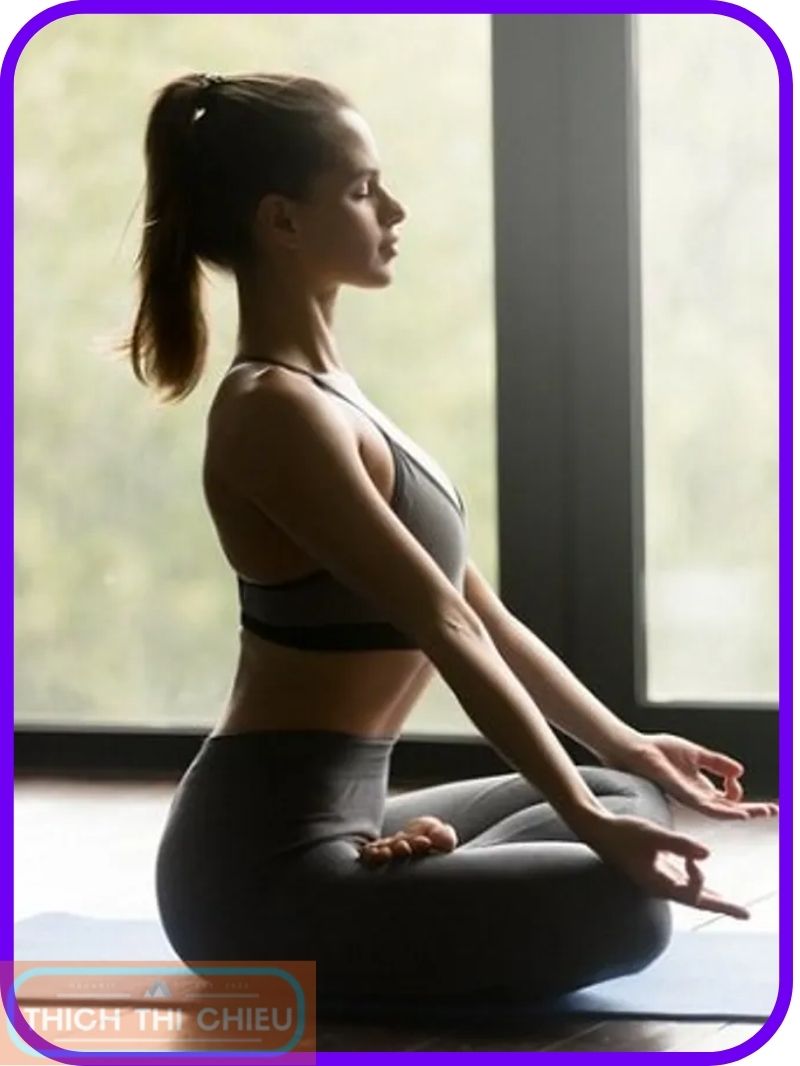
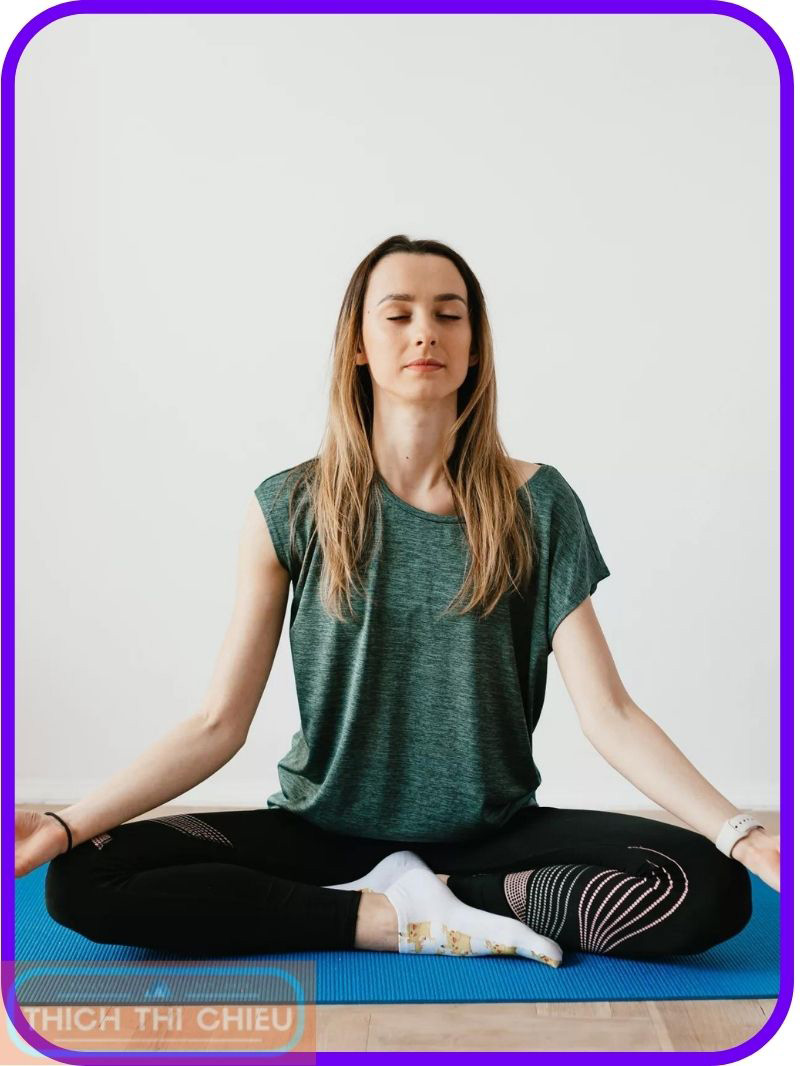
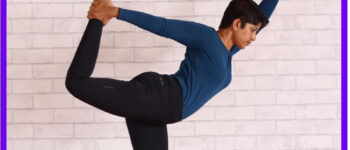


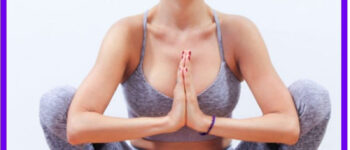

Leave a Reply